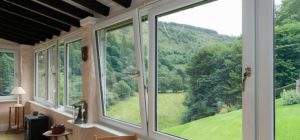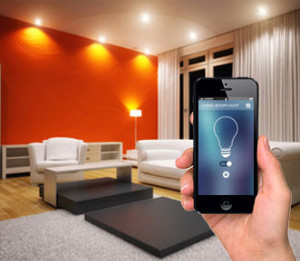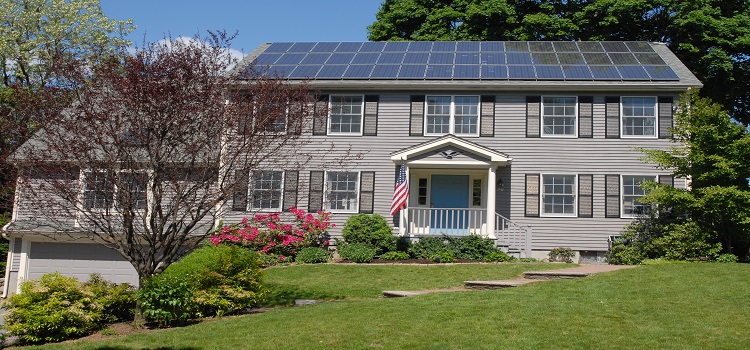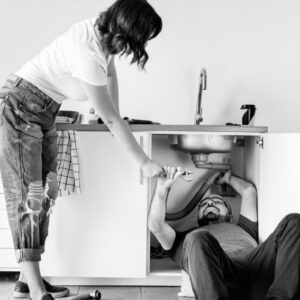As the temperatures soar in the summer or plummet in the winter, you want your house to shelter you from the uncomfortable elements. But how much are you willing to pay for that comfort? Without the right systems and appliances in place, your energy bills will rise as your home struggles to maintain an ideal temperature. Fortunately, there are numerous ways to increase energy efficiency and reduce costs.
Insulation
Start adding insulation to your attic and other spaces that are vulnerable to outside temperatures. Insulation comes in various forms, ranging from fiberglass and cellulose to mineral wool and cotton, so you’ll need to weigh their pros and cons to determine which is right for your home. Expect to see noticeable changes to your energy bill when the project is complete.
New Windows and Doors
Weather stripping is a common and easy way to maintain comfortable indoor temperatures. Adding this lining around doors and windows prevents drafts and leaks. Or you can take things a step further and have new doors and windows installed. This might not exactly be a DIY project, but companies like JDI Windows can help outfit your home with energy efficient products like Amerimax windows.
Low-Flow Faucets
Cut down on water usage with low-flow faucets. These devices add air to your water flow, thereby reducing a faucet’s gallons per minute. This won’t hinder the faucet’s performance, but it will reduce your water usage by 30 to 50 percent and save you some money. You can turn all of your faucets and showerheads into low-flow appliances, or just choose to change a few of them around your household.
New Bulbs
Changing your bulbs is a quick and easy energy-saving step you can take today. Rather than buying traditional incandescent light bulbs, buy compact fluorescent light bulbs (CFL) the next time you’re at the store. While CFLs cost more upfront, they use roughly 75 percent less energy than incandescent bulbs. CFLs also last up to 10,000 hours. Incandescent bulbs only last 1,000 to 2,000 hours. The savings really add up here.
New Heating and Cooling System
Get to the heart of your heating and cooling problem by installing a new system. The right system for you depends on multiple factors, including your home’s size and layout and your own preferences. For example, you might want to consider hybrid heating systems for major energy savings. However, you’ll always want to look for an installation company that’s willing to perform a Manual J heat loss/heat gain load calculation. This is a roughly 30-minute process that helps installers assess what might work best for your home.




